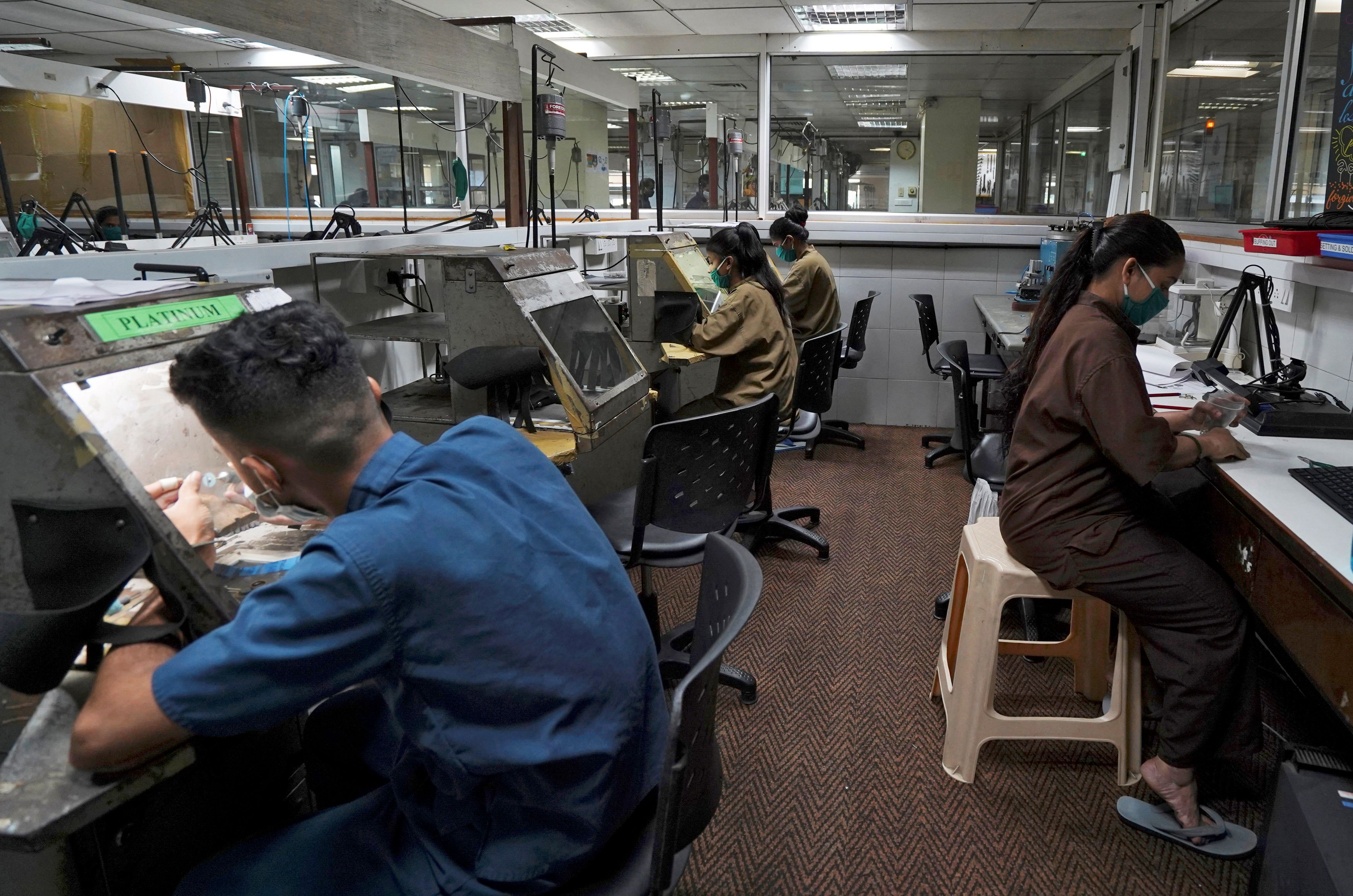
As the Indian population is growing, a new study reveals fewer women are working. Read to know more about the massive change.
Change in the Indian population and workers
India is on the verge of overtaking China to become the most populous country in the world. Additionally, its economy is one of the fastest-growing. However, the number of women in the workforce is shrinking and is among the 20 lowest in the world. About 670 million women in the nation are left behind and this is a growing challenge for the nation. Experts believe it can become a demographic liability if the nation fails to ensure women’s employment.
Official data reveals women’s employment peaked in 2004 at 35 percent. However, it fell to 25 percent in 2022, explained Rosa Abraham. Abraham is an economist at Azim Premji University. However, official reports count employment as people who work for as little as one hour outside their homes. Experts believe a national jobs crisis is one of the main reasons for the gap.
More on the job crisis for women

As per the Center for Monitoring the Indian Economy (CMIE), only 10 percent of working-age women in the Indian population in 2022 were working or looking for jobs. The CMIE uses a more restrictive definition of employment. This data means only 39 million women are in the workforce, unlike 361 million men. “The working-age population continues to grow but employment hasn’t kept up, which means the proportion of people with jobs will only decline,” stated Mahesh Vyas. Vyas is the director of CMIE and stated that in the last decade, there has been a severe reduction in good-quality jobs. “This also keeps women out of the workforce as they or their families may see more benefit in taking care of the home or children, instead of toiling in low-paid work,” he added.
Another issue lies entrenched in India’s cultural belids that sees women as the primary caregiver of a family. Additionally, it stigmatizes women for working outside. Hence, while there can be jobs available, social pressures keep women away. “When I started working and leaving the house, my family used to say I must be working as a prostitute,” stated Lamani Chauhan, a social worker.
According to experts the recognition of retreat from women in the workforce among the Indian population is a huge issue. However, it is not met with direct solutions such as childcare facilities and transportation security. “When more women participate in the labor market, they contribute to the economy and their family’s income, but they also are empowered to make decisions. Children who grow up in a household where both parents work, especially girls, are more likely to be employed later,” explained Abraham.






